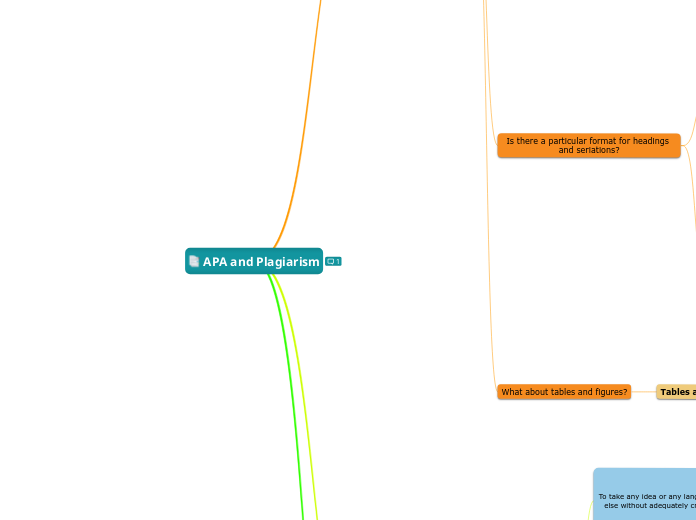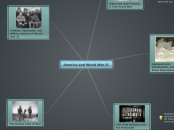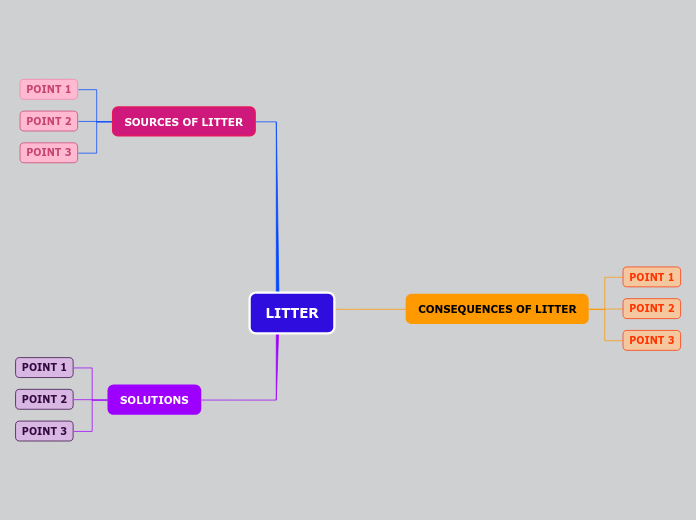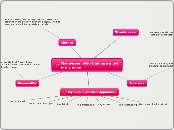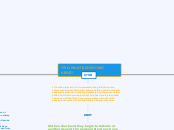APA and Plagiarism
By: Adriana Mora, Alejandra Pirazán, Carolina Cano, Heajin Jung and Paula Pacheco
References:
Scribbr. (n.d.). APA Style 7th edition Archieven. https://www.scribbr.com/category/apa-style/
Avoiding plagiarism - The University of Nottingham. (s. f.). University of Nottingham. Recovered from https://www.nottingham.ac.uk/studyingeffectively/writing/plagiarism/index.aspx
Kramer, L. (2022,). 7 Common Types of Plagiarism, with Examples.Grammarly Blog. Recovered from https://www.grammarly.com/blog/types-of-plagiarism/?gclid=CjwKCAjwjtOTBhAvEiwASG4bCEJGy5P_1-5qIxOlGeIkNLxgzixnsvrbOcbiOR9tkWfK_nqM_QH4CRoCER8QAvD_BwE&gclsrc=aw.ds
Harvard University. (s. f.). What Constitutes Plagiarism? Harvard Guide to Using Sources. Recovered from https://usingsources.fas.harvard.edu/what-constitutes-plagiarism
Lab, P. W. (s. f.). General Format //. Purdue Writing Lab. Recuperado 12 de mayo de 2022, de https://owl.purdue.edu/owl/research_and_citation/apa_style/apa_formatting_and_style_guide/general_format.html
Plagiarism
Types
Source-based
The writer didn't cite their sources correctly but present the sources in a misleading way.
Verbatim
Copy language word for word from another source and use that language in your paper
Mosaic
Copy bits and pieces from a source (or several sources), changing a few words.
Inadequate paraphrase
Do not completely restate the ideas in the passage in your own words
Uncited paraphrase
When you use your own language to describe someone else's idea without cite
Uncited quotation
Do not credit the author of that material and provide a trail for your reader to follow back to the original document
Accidental
When the writer doesn’t realize they are plagiarizing another’s work.
To take any idea or any language from someone else without adequately crediting that source.
APA
What about tables and figures?
Tables and figures
Is to enhance your readers' understanding of the information in the document.
📊Figures include any illustration or image other than a table.
elements
1. Numbers
2. Title
3. Image
4. Legends
5. Notes
📝Tables are any graphic that uses a row and column structure to organize information
Elements
1. Numbers
2. Titles
3. Headings
4. Body
5. Notes
6. Borders
Is there a particular format for headings and seriations?
Seriations
Help authors organize and present key ideas.For lists where a specific order or numbered procedure is necessary, use an Arabic numeral directly followed by a period.
For seriation within sentences, authors may use letters.
The first letter of each sentence must be capitalized, also each sentence must end with a period.
Numbered lists should contain full sentences or paragraphs rather than phrases. Use bullet points if your list is not hierarchical.
Headings
Format
Writers who use APA Style may use the automatic headings function of their word-processing program to create headings.
If you use Microsoft Word to write your APA Style papers, use the Styles menu to format headings.
If you use Academic Writer to write your APA Style papers, the headings menu in the Writing Center will format headings for you in 7th edition APA Style.
Headings identify the content within sections of a paper. The number of headings to use in a paper depends on the length and complexity of the work.
Level 5: subheading of Level 4
Use this level if is only necessary.
Level 4: subheading of Level 3
Use level four headings for smaller divisions within your paper
Level 3: subheading of Level 2
Divide your major sections into smaller sections with level three headings. Use bold type, italicize, and title case capitalization but only in the first word
Level 2: subheading of Level 1
For subsections within the introduction. Level 2 headings are used to divide your document into main sections. Use bold type and little case capitalization
Level 1: highest or main level of heading
Use level one headings for the title of your paper and make the heading in bold type
Formatting the APA reference page
The reference page is the list of all the sources that you’ve cited throughout your paper. It’s placed right after the main body and before any appendices .
Format:Double spacing (within and between references)
Hanging indent of ½ inch
Legible font (e.g. Times New Roman 12 or Arial 11)
Page number in the top right header
What about the list of references?
Depending on the type of source, you may have to include extra information that helps your reader locate the source.
- 👨🏫Author
- 🗓Publication date
- 🗒Title
- 📚Source.
How to do in-text citations for different sources?
You include them every time you quote or paraphrase someone else’s ideas or words.
Quotations’ Types
Block quotations (40 words or more)
❌Do not use quotation marks to enclose a block quotation.
✅Start a block quotation on a new line and indent the whole block 0.5 in. from the left margin.
✅Double-space the entire block quotation.
❌Do not add extra space before or after it.
❗If there are additional paragraphs within the quotation, indent the first line of each subsequent paragraph an additional 0.5 in.
Short quotations (fewer than 40 words)
- Add quotation marks around the words
- Incorporate the quote into your own text
Parenthetical vs. narrative citation
- Parenthetical citation - Example: According to new research … (Smith, 2020).
- Narrative citation - Example: Smith (2020) notes that …
In-text citation
- The author’s last name
- The year of publication (also known as the author-date system).
- The locator such as a page number, range, or timestamp.
(Smith, 2020, p. 170).
(Parker, 2020, p. 67)
(Johnson, 2017, pp. 39–41).
(American Psychological Association)
Style is most commonly used to cite sources within the social sciences.
